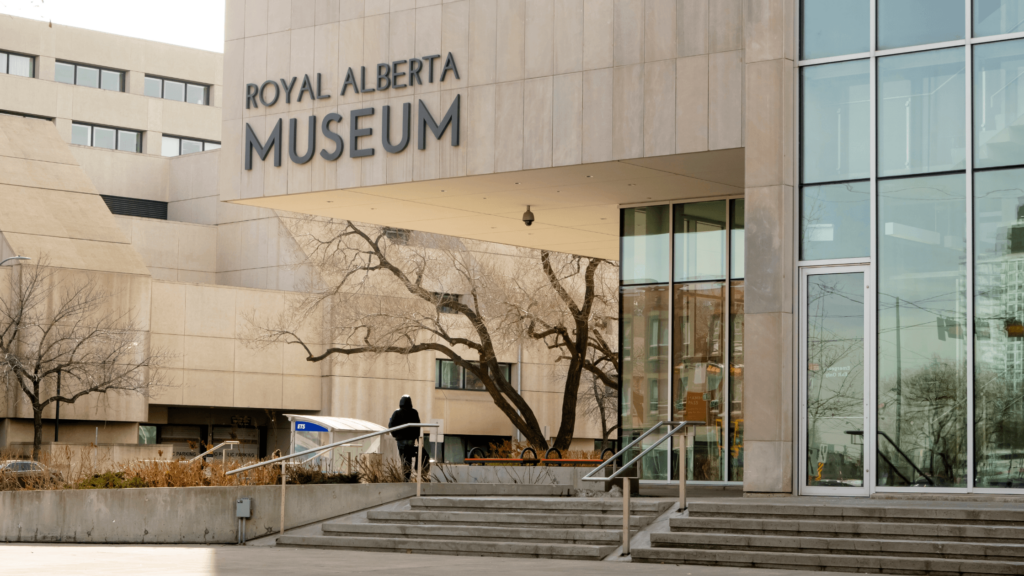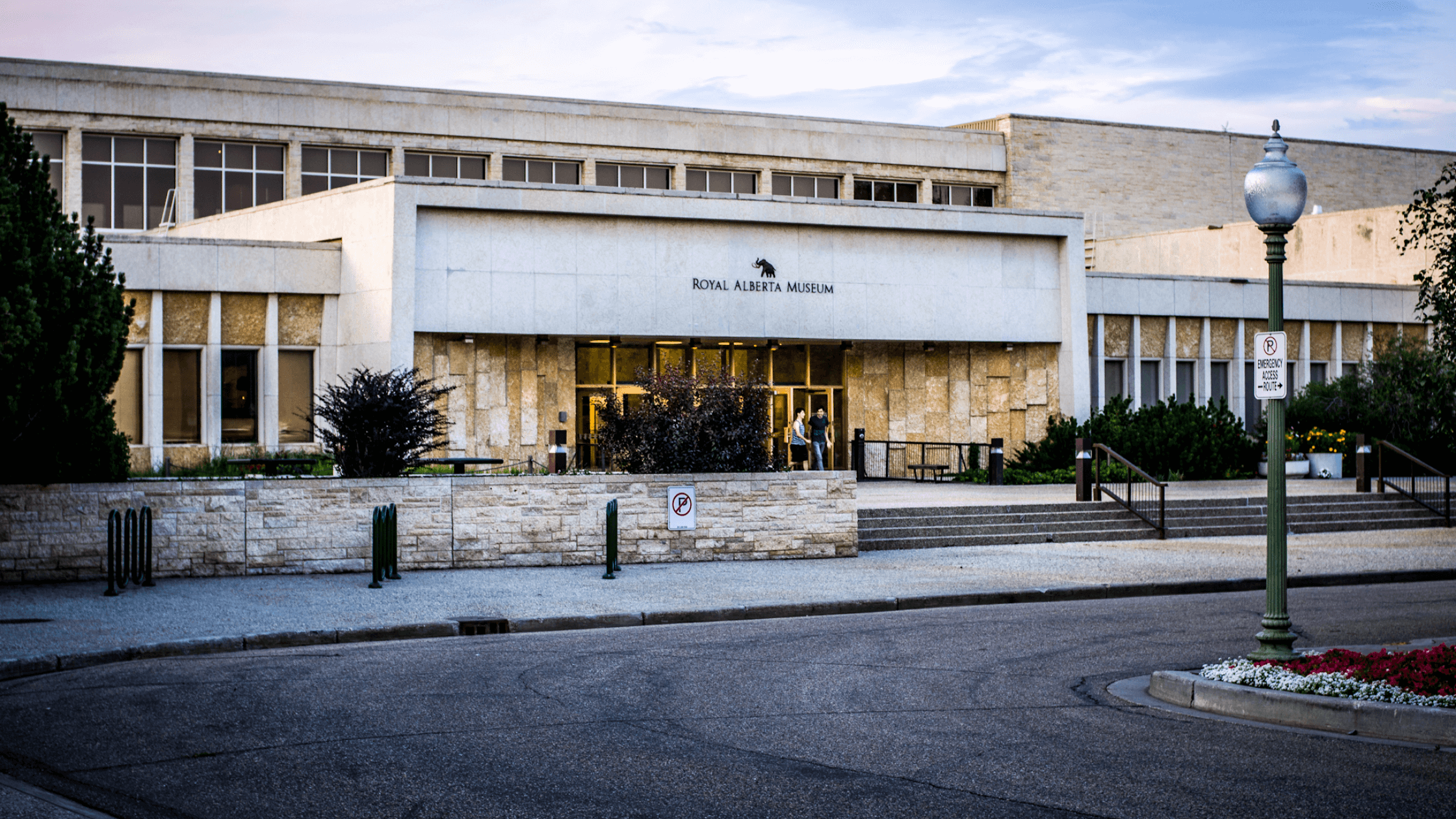The City of Edmonton is redeveloping the former Royal Alberta Museum site into a vibrant green space, giving the Glenora neighborhood a refreshing new look while supporting urban sustainability initiatives.
Originally constructed in 1965 as Alberta’s provincial museum, the building has stood empty since 2015. With the upcoming transformation into a public park, the city is rejuvenating the historic site and providing a valuable recreational area for the community.

The project aligns with Edmonton’s broader goals to increase green spaces, provide more recreational areas, and improve the quality of life for residents. The new park will serve as a community gathering place, offering opportunities for relaxation, recreation, and connection with nature. The initiative is part of the city’s ongoing commitment to creating sustainable, accessible environments that benefit people and wildlife.
“The old Royal Alberta Museum building has been a part of our province for decades, and we know many Albertans have happy memories and sentimental stories from visits there,” said Alberta’s minister of infrastructure, Pete Guthrie. “The green space we’re planning will give residents and visitors the opportunity to create new memories in one of the nicest areas in Edmonton.”
Plans for the green space are still evolving, with the Alberta government encouraging public input to shape its final design. Early ideas include open lawns, gardens, walking paths, and areas dedicated to cultural events or public art installations. Public consultation, including feedback from Indigenous communities, is ongoing to ensure the space is welcoming and inclusive. The park will also retain two historical buildings on the site, the Government House and the Carriage House, offering an additional historical context in the new, modern green space.
This transformation is significant for the local community, as it preserves a historic site and opens up new possibilities for outdoor activities in an urban setting. The plans for the green space are still under development, but it’s expected to feature a combination of open lawns, gardens, and possibly areas for public art or cultural events.


